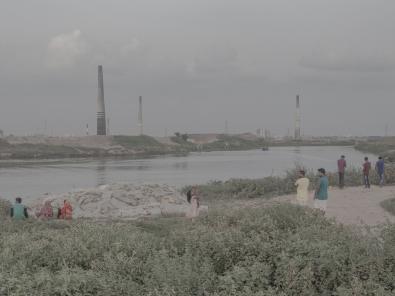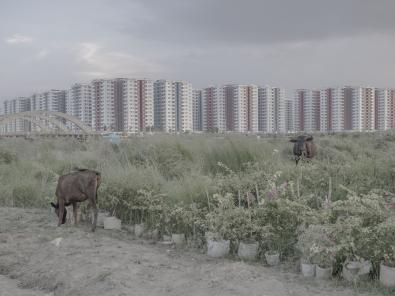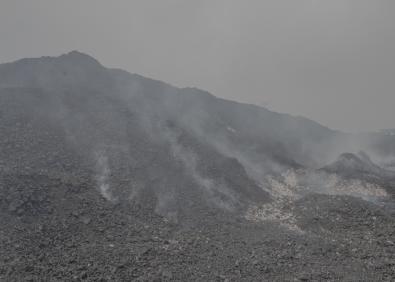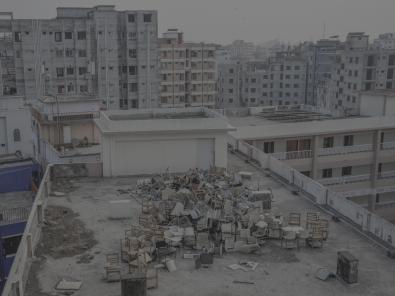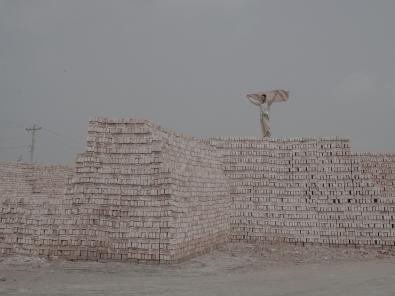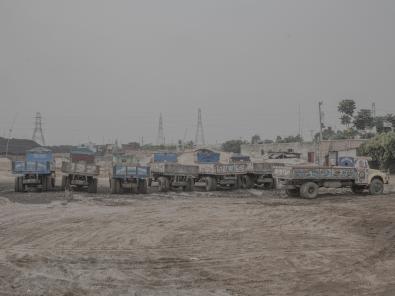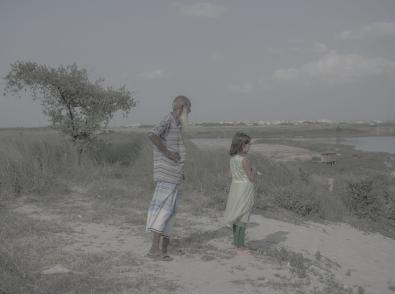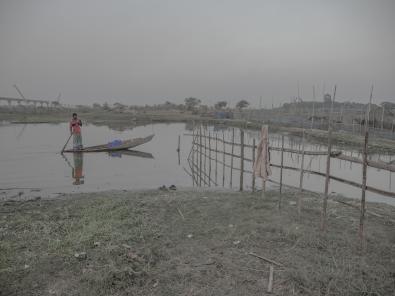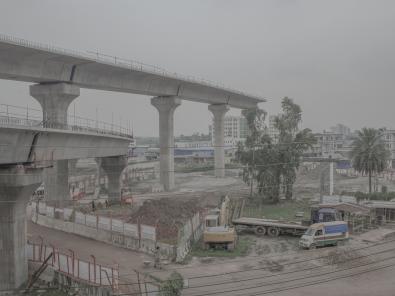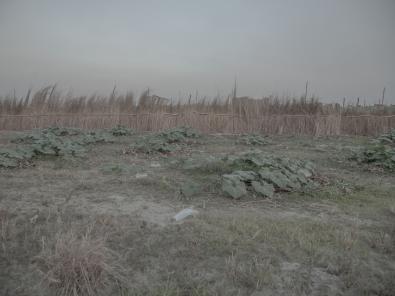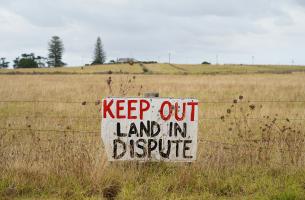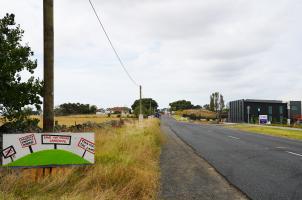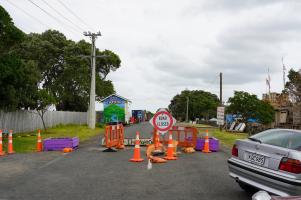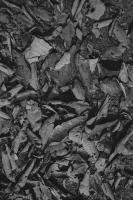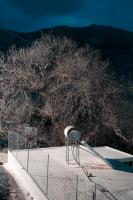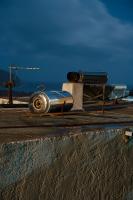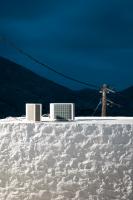The name of my city is dust and smoke and life - Reyad Abedin, Counter Foto, Bangladesh
There is no thinking, no seeing and no living not shaped by the infrastructural reality that we live in. As a photographer, what I see, what I think of worth capturing and what I feel important, are all determined by the concrete and ever-changing reality of the city I live in, i.e. Dhaka. I have been a witness to the transformation of this city, of how open fields have turned into multi-storied buildings, and now, I have been witnessing how fields once filled with catkin flowers have mutated into an urban jungle.
For us, the Homo sapiens, there is a continuous interaction with the nature, which makes us what we are, and at the same time, decides what the non-human domain will be like. The influence of nature in the form of the air we breathe, the water we drink, the food we eat, and the flow of energy and information. Any unmediated intervention or radical change in the environment does not only result in devastating effects but also pose a threat to the human race itself. We do not and, possibly, cannot exist in absolute isolation. Behind the masquerade of rapid development, through which Dhaka is going now, secretly lies a crucially problematic understanding of our ecosystem.
Dhaka, the city I live in, has a history with a legendary past. It possesses a distinct 'cultural identity'. Over the time, the city has gradually turned into a hub of cultural, political and commercial activities, resulting in the rapid growth of population. Dhaka is the most populated city in Bangladesh, and it is one of the most populated cities in the whole world. Dhaka city has a population of 19.84 million as of 2018 and the population density is 46,997 people per square kilometer. At present, Dhaka is going through major infrastructural changes without any proper planning and without considering the ecological impact this rapid change is going to cause. Dhaka’s trend in rapid development has created a different problem altogether in another direction. It has already left a devastating effect on the ecological balance of the environment in and around the city itself.

